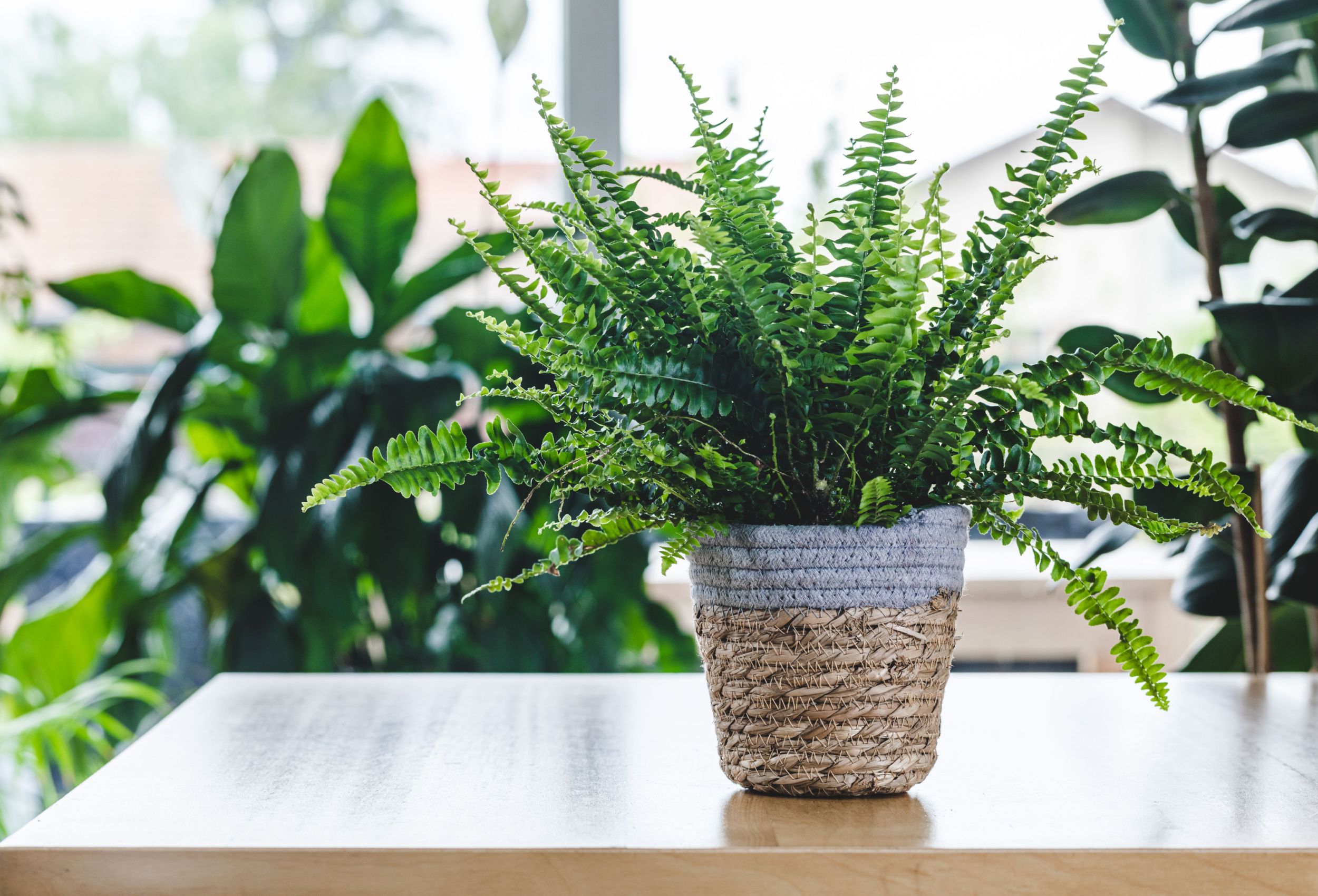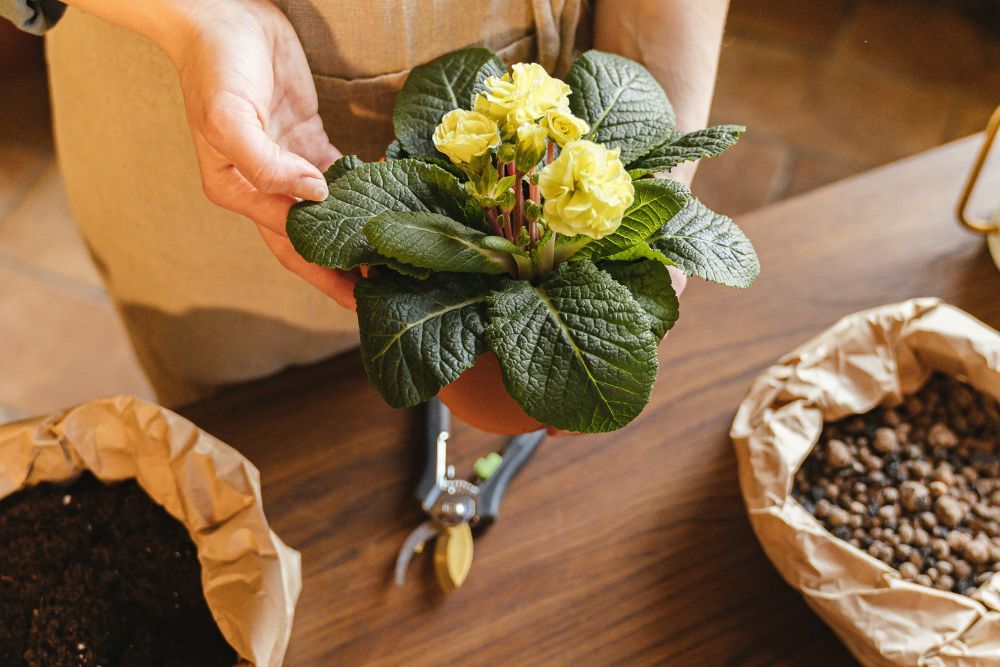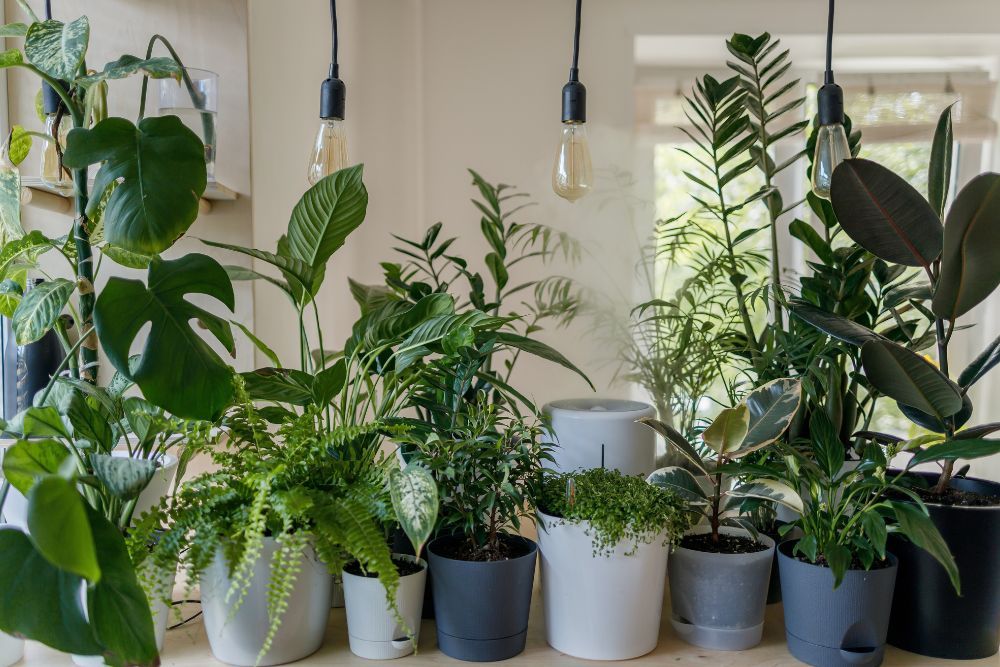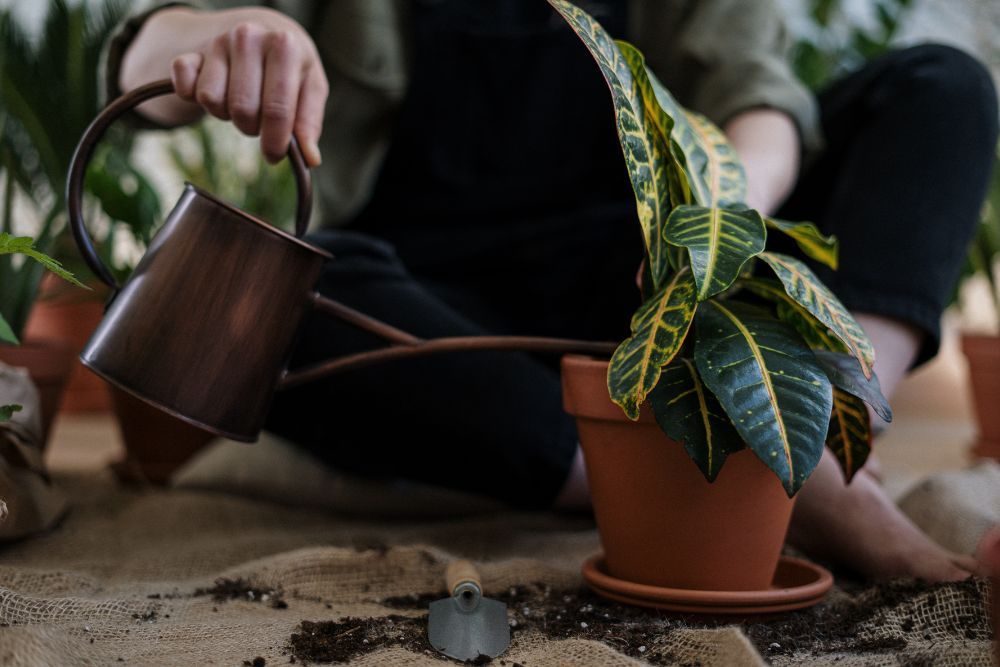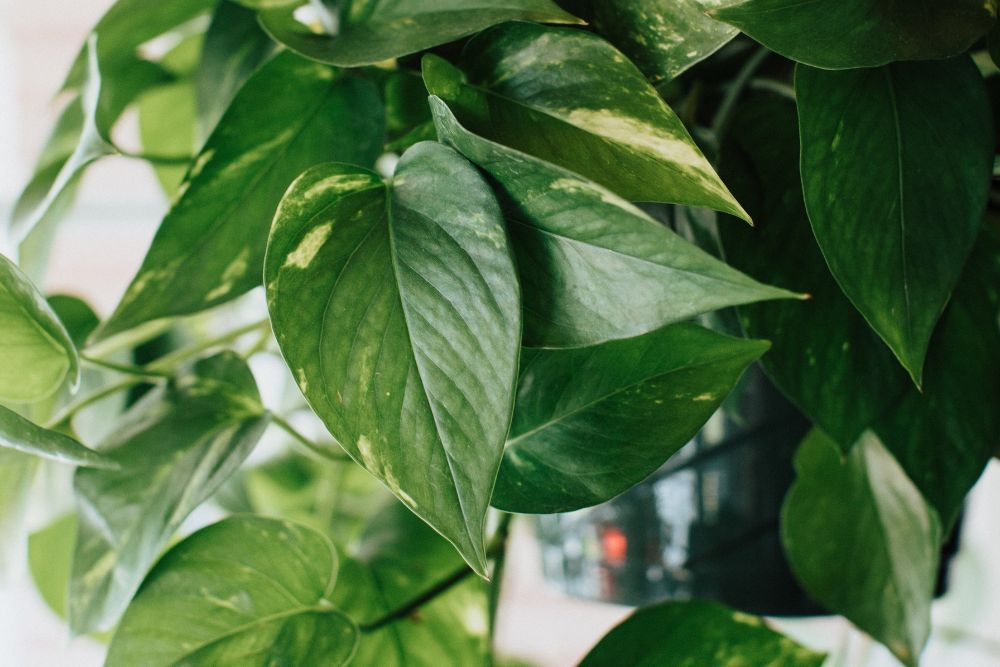Houseplants with bright, full foliage are a cheerful addition to any home. When your indoor plants have luscious leaves it's a sign that they are healthy and thriving! Encouraging houseplants to grow full foliage doesn't need to be complex either.
By following a few essential gardening tips you can easily provide your plants with the care they need. Discover four ideas to improve the fullness of your indoor plants so they flourish and always look their best!
Proper Pruning
Image credits: Antoni Shkraba via Pexels
One of the best ways to ensure the foliage on your houseplant looks full is to prune it correctly. When you prune a plant properly, it encourages new growth and denser foliage. Follow these simple steps to achieve the best results when pruning your indoor plants for a fuller look.
Research First
Before you grab sheers check whether you can prune your particular houseplant. While some plants like peace lilies and Christmas cacti benefit from pruning, this isn't always the case. So before you start trimming, always research the specific cultivar first.
Prune Browning Foliage
After verifying that pruning is a great option for your plant you can begin! To start, look for yellowing or browning foliage and cut these leaves off first. Make the cut about 0.25 inches away from the leaf to encourage fullness. This will improve the overall appearance of the plant.
Encourage Short Bushy Growth
Love the look of shorter plants with bushy and full foliage? In spring or summer, a general rule of thumb is to cut or pinch off the top leaf or bud of your plant after it has grown 3 to 6 inches. If you would like your plant to be shorter, you can cut or pinch back to the third leaf from the stem or branch tip. If your plant continues to grow more than 6 inches you can repeat the process.
Proper Lighting
Image credits: Vadim Kaipov via Unsplash
One of the best ways to ensure that your plant has full foliage is to keep it healthy. Correct lighting is essential to healthy growth. Lighting requirements can vary dramatically between plants so it is essential to research the individual needs of your plant. Some plants thrive in low lighting, while others grow best on bright windowsills.
Whether your plant loves the sun or the shade, the right lighting is key to robust growth. When plants don't get the right amount of light - either too much or too little - they can become spindly or leggy, lose leaves, experience browning or yellowing leaves, burning foliage, slow growth, and wilting. To prevent these problems, research the amount of light your plant needs before picking a spot to place them. Your plant will thank you for the extra care with healthy growth and full foliage.
Pro Tip: Rotate the pot by a quarter turn every few weeks to encourage full foliage all the way around your plant. Leaves grow to face the sun so turning your plant will help with even growth.
Water Correctly
Image credits: Cottonbro Studio via Pexels
Along with light, water is another crucial part of encouraging full foliage in your indoor plants. Again, this can vary depending on the houseplant so it is always important to check first. Correct watering habits supply the plant with the water it needs for luscious growth.
Overwatering indoor plants can prompt foliage to rot and leaves to fall off the plant. It actually makes it difficult for the roots to get enough oxygen to survive. In contrast, when your plants don't get enough water growth will stop, leaves will dry out, and the plant will wilt.
As a general rule, always check the soil moisture before watering. To do this put your fingertip in the top 1 to 2 inches of soil. If it is dry, water the plant thoroughly. Then, toss out any water remaining in the saucer beneath the pot and let the soil dry to the same level before watering again.
Pro Tip: Drainage is also essential to overall plant health. Improper drainage can also cause yellow foliage and defoliation. To improve drainage choose potting soil with a combination of peat moss, vermiculite, and sand. These ingredients will balance water absorption with drainage.
Consider Growing Cycles
Image credits: Taylor Heery via Unsplash
When you are encouraging full growth in your houseplants it's important to remember natural growing cycles. Just like plants outside, they are naturally dormant during the winter, which means you won't see as much growth. Then they actively grow from spring to fall.
Adjust your care schedule to align with the active growing cycles of your plants. Prune during spring and summer when they will respond with new bushy growth. Then you can also fertilize during these seasons with a soluble fertilizer diluted with water. A 20-20-20 fertilizer is a great option. To use this, combine 1.5 teaspoons per 1 gallon of water. Apply it to the soil once a month to encourage fuller leaves.
Note: The best houseplant fertilizer can vary by plant. Always check what fertilizer is best for your indoor plant beforehand.
Luscious Full Foliage Houseplants
Caring for your houseplants the right way encourages luscious leaves and full foliage. To keep your plants looking full and vibrant, pay attention to pruning, light requirements, watering routines, and natural growing cycles. This will help you boost plant growth and keep it healthy so you can always enjoy flourishing foliage in your indoor garden!
What are your tips for improving the fullness of your houseplant foliage? Share your experience in the comments below to help other gardeners tend to a luscious indoor garden!

